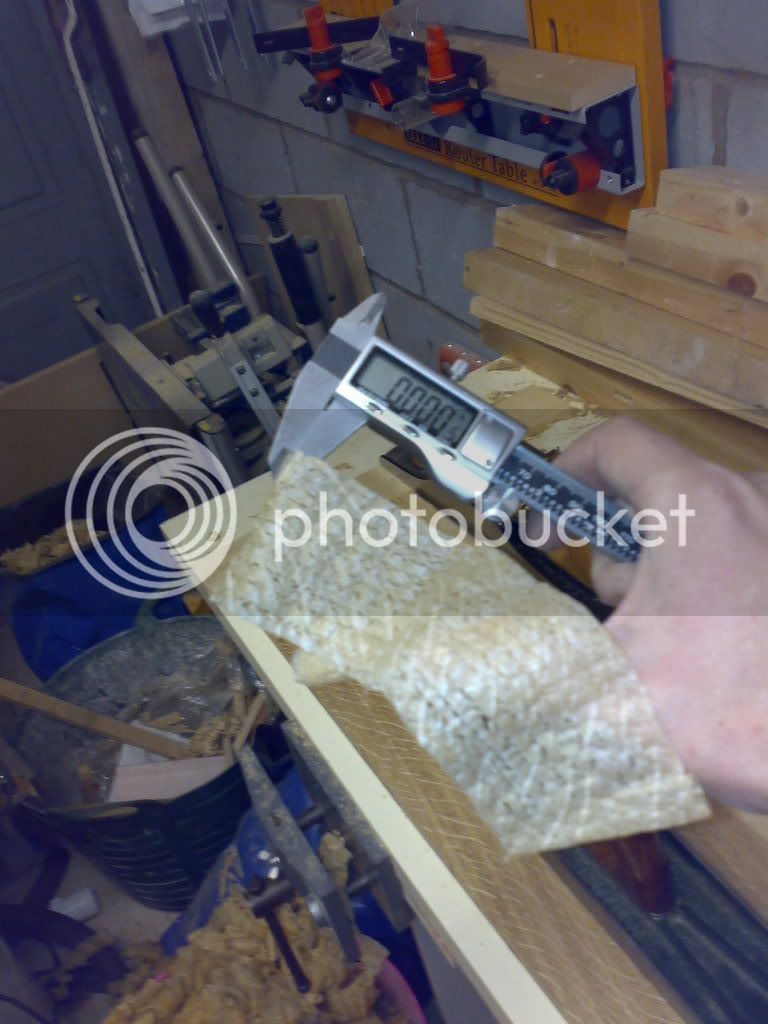Hi All
I have been having a play with my Clifton No 7 in anticipation of a few projects i've got coming up.
I decided to have an experiment with a LN chipbreaker - replacing the Clifton 2 piece jobbie. Here are the results


That's right. 0.0005" full width, full length, glorious shavings, from a board of Oak. I re-calibrated the calipers several times to make sure there weren't any errors. Some of the shavings I was getting (which were about half width) wouldn't even register on the calipers.
I could not replicate the results using the original Clifton 2 piece chipbreaker - so the LN will be staying put !
I know that shavings this fine are of little use on a day to day basis, but at least it shows the plane to be in fine form.
Cheers
Karl
I have been having a play with my Clifton No 7 in anticipation of a few projects i've got coming up.
I decided to have an experiment with a LN chipbreaker - replacing the Clifton 2 piece jobbie. Here are the results

That's right. 0.0005" full width, full length, glorious shavings, from a board of Oak. I re-calibrated the calipers several times to make sure there weren't any errors. Some of the shavings I was getting (which were about half width) wouldn't even register on the calipers.
I could not replicate the results using the original Clifton 2 piece chipbreaker - so the LN will be staying put !
I know that shavings this fine are of little use on a day to day basis, but at least it shows the plane to be in fine form.
Cheers
Karl
































